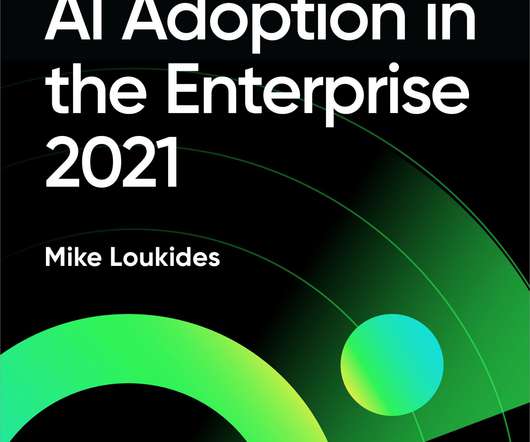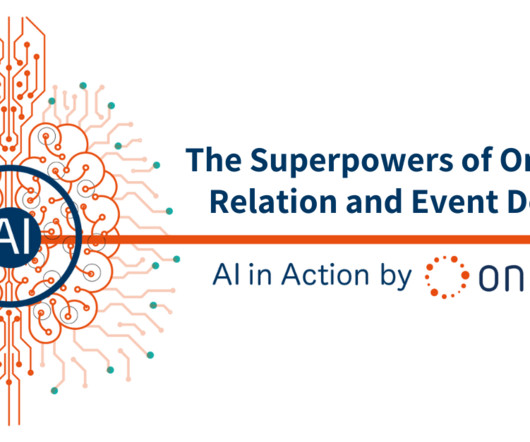AI Adoption in the Enterprise 2021
O'Reilly on Data
APRIL 19, 2021
First, 82% of the respondents are using supervised learning, and 67% are using deep learning. Deep learning is a set of algorithms that are common to almost all AI approaches, so this overlap isn’t surprising. 58% claimed to be using unsupervised learning. form data). Techniques.













Let's personalize your content